(Image Source: Frank Busch / Unsplash)
July 2019 — Walkability is a measure of how friendly an area is for walking. Factors influencing walkability include the presence or absence and quality of footpaths, sidewalks, or other pedestrian rights-of-way, traffic and road conditions, land use patterns, building accessibility, distance, and safety. The friendlier a place, the more people will walk or bike. Increased pedestrian activity has been shown to increase retail sales. Having more people use non-motorized transportation contributes to public health, economic development, and a sustainable environment. To generate more pedestrian activity, a community must identify the factors that influence people’s decision to bike, walk, take transit, and/or drive. According to the Urban Land Institute’s 2015 Report, fifty percent of U.S. residents say that walkability is a top or a high priority when considering where to live.
Walkability Economics
Active streets are beneficial to new small stores or restaurants. According to one source, small stores or restaurants usually cannot compete with chains on advertising, but they can do better with a location on an already busy street. Additionally, pedestrians and cyclists out-consume drivers over the course of a month. Pedestrians and cyclists may purchase fewer items in one trip, but tend to make more frequent trips than drivers. It is easier to make an impulse stop while walking or biking than it is driving. Providing street improvements for pedestrians and cyclists may increase sales by 30 percent, according to one source. Walkability is also a tourist magnet. Think about places you love to visit and want to go back to. Was it walkable and pedestrian-friendly?
Complete Streets
Complete Streets is a national effort to make transportation safe and accessible for all modes. It includes people of all ages and abilities, regardless of whether they are traveling as drivers, pedestrians, bicyclists, or public transportation riders. The concept of Complete Streets encompasses many approaches to planning, designing, and operating roadways and rights-of-way with all users in mind to make the transportation network safer and more efficient. The health benefits of Complete Streets are increased physical activity, improved safety, reduced motor vehicle-related injuries, and more.
Determining the Walkscore of an Area
People are using a Walkscore Tool to determine the distance between their future residence and their job, school, or the local coffee shop to see if the residence is in close proximity to their needs. The tool does not take into account the lack of sidewalks, the condition of sidewalks, safety, and other environmental factors. A community can also do their own Walkability study by using the AARP Walk Audit. The Audit looks at items such as crossing signals, overhead traffic lights, turning lanes, curb cuts, sidewalks, crosswalk lines, vehicle stop lines, and signage, along with driver behavior, safety, and more.
Wisconsin Walk Audits
The Wisconsin Downtown Action Council (WDAC), a statewide organization established to facilitate the revitalization of Wisconsin downtowns as vibrant social and economic centers, and AARP Wisconsin, recently announced a partnership to host a series of walk audits as the first of a series of collaborative events. The mission of these events is to support the efforts of neighborhoods, towns, cities, and rural areas to be great places for people of all ages aligns with WDAC’s efforts throughout the state to activate communities of all sizes. They must provide safe, walkable streets, WDAC in partnership with AARP Wisconsin and additional support from Wisconsin Economic Development Corporation will host Walkability Workshops and Community Walk Audits.
What Makes a Place Friendly for Walkers?
- Density is critical in creating walkable communities in which people have access to services, entertainment, employment, and housing without relying on a personal car. Without density, the distance between these uses increases and makes walking and cycling unattractive and public transit unaffordable. We should be encouraging our communities to “grow up”, literally. Not only does it encourage walkability, but it also reduces the amount of land consumed, thus reducing our impact on the natural environment while keeping infrastructure and services more affordable and efficient.
- Curb extensions (bump-outs or bulb-outs) at crosswalks as well as pedestrian islands (median refuge) can help reduce the distance a pedestrian has to travel to cross a street.
- Parking has been a priority that allowed the automobile to be the primary mode of moving people. We now know that healthy communities need to provide safe and accessible transportation for all modes. In most communities, ordinances require a minimum number of parking spaces for certain businesses. Now, some communities have begun changing the minimum number of parking spaces to a maximum number.
- Street design, including street width, can promote walkability in a community. Narrow streets encourage drivers to pay more attention and slow down while wider streets facilitate more car traffic and encourage higher speeds. Curbside parking adds buffers to the sidewalk from moving vehicles. Adding bike lanes or sharrows is one way to welcome bicyclists. Another way is to add bike parking in a clear view of the main street.
- Sidewalks as part of the street design make a difference in a community’s walkability. Wider sidewalks create a more walkable experience, especially for parents with strollers. Another factor in sidewalk design is making sure the pavement is even and not broken.
- Intersections should have proper lighting not only for cars but for pedestrians and bicyclists. Putting in crosswalks that allow pedestrians of all abilities to cross can improve the walkability of an area. Designing the street to allow pedestrians to only walk 300 feet for a safe place to cross the street is important to walkability as well.
- Landscaping is essential in creating a safe, walkable community. Trees provide natural cooling, reduce the energy demand for air conditioning, and reduce stormwater pollution.
- Creating unique spaces allows for more interaction from passers-by. How far a person walks is determined by what that person encounters along the way. Decorated storefronts attract customers and increase foot traffic. Hanging banners gives a sense of place which will make people feel safe and that they belong. A place where people can sit, relax, and conversely provides a sense of place and attachment.
Conclusions
As communities, we must ask, “What are we prioritizing?” By not implementing walkable areas, are we prioritizing cars over pedestrians? Are we compromising our community for road designs that prioritize cars? These questions and others can have a positive impact on business activity, so long that it is done with the wishes of community residents, as well as business operators in mind.

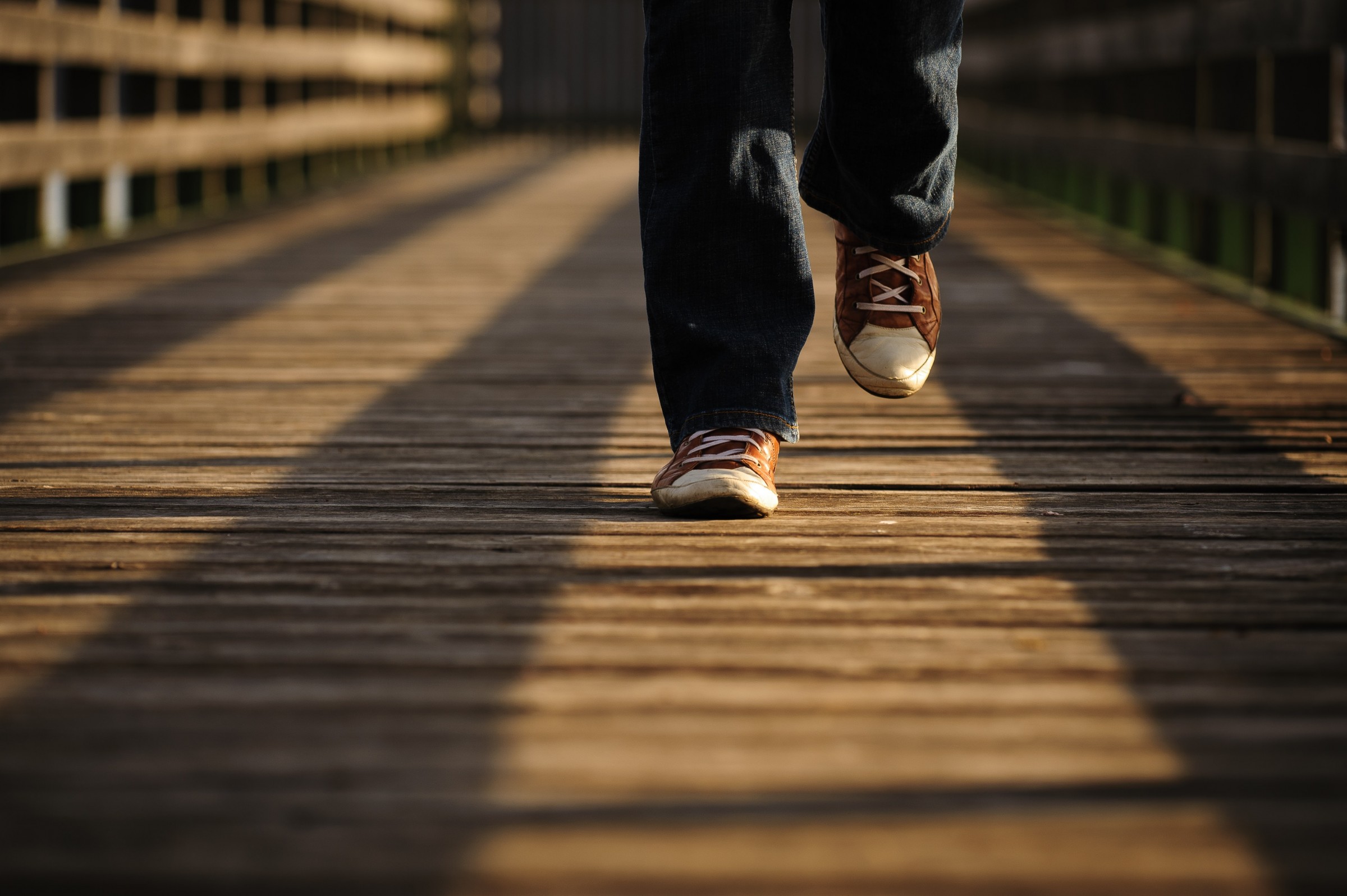

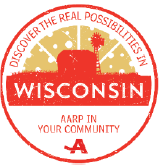

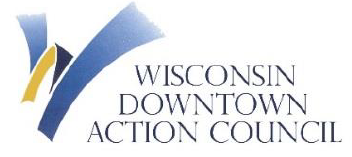

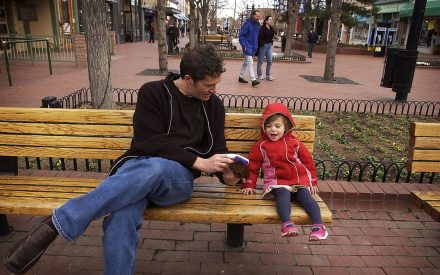
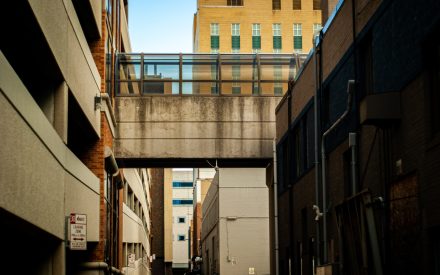
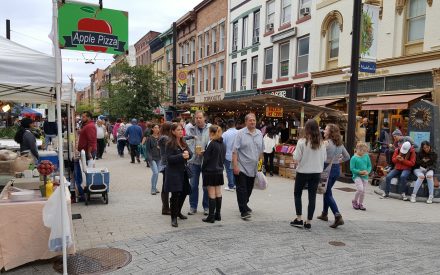
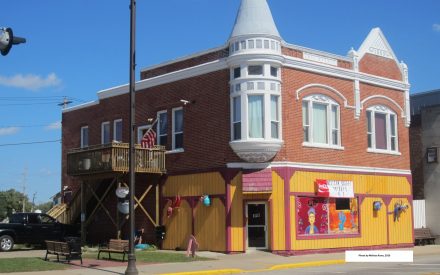
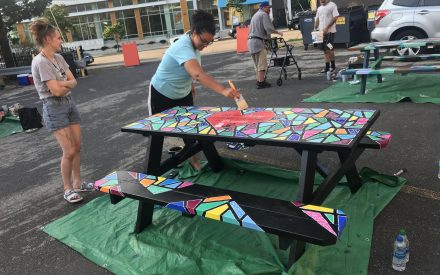
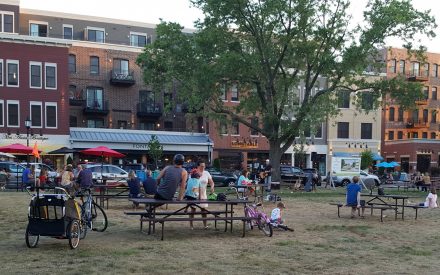
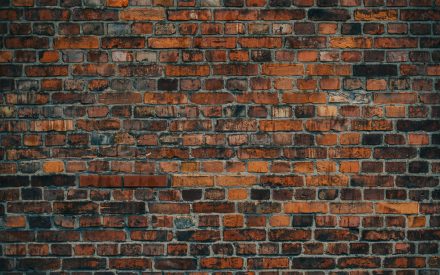
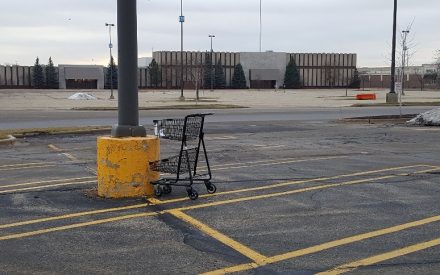


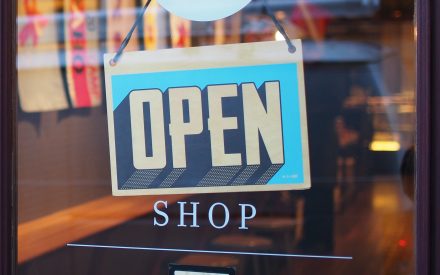
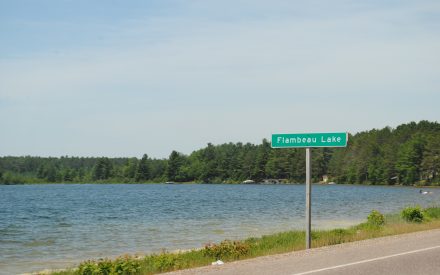 Lac du Flambeau Housing Summit
Lac du Flambeau Housing Summit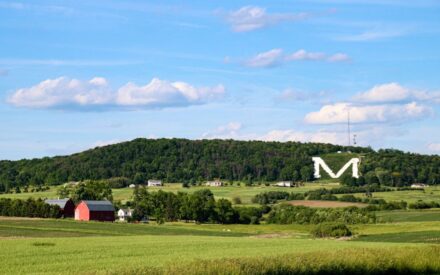 2025 Wisconsin Connecting Entrepreneurial Communities Conference
2025 Wisconsin Connecting Entrepreneurial Communities Conference Why Digital Equity Matters in Your Community
Why Digital Equity Matters in Your Community


